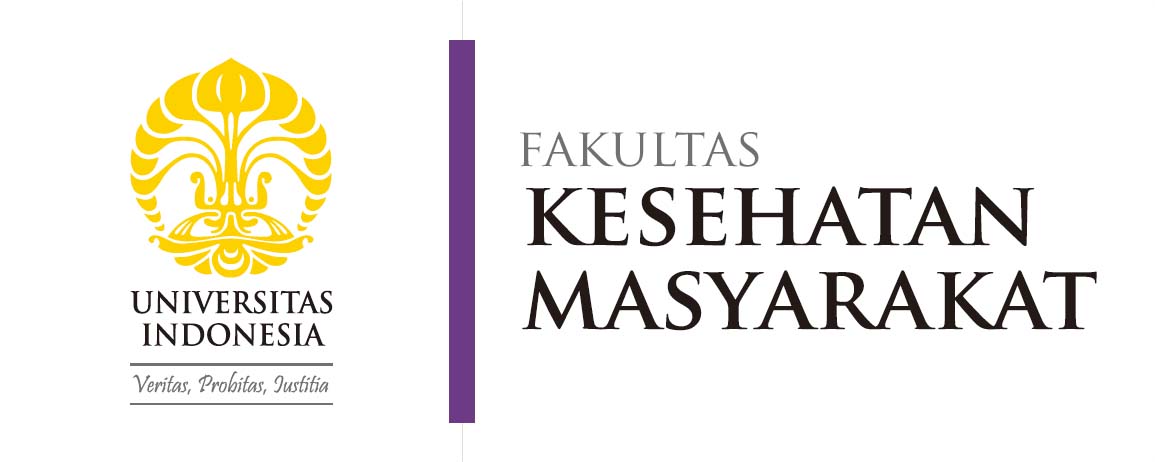
The Faculty of Public Health (FPH) Universitas Indonesia (UI) again held a guest lecture by inviting Prof. Dr. Orawan Kaewboonchoo from the Faculty of Public Health Mahidol University, Thailand as a speaker at “Phthalate Exposure and Health” which took place on May 2, 2024, in the FPH UI Doctoral Promotion Room. This guest lecture is included in SEMOL FPH UI Series 8.
“The topic of Phthalates is important considering the large number of exposures that have been caused to health in the community. Moreover, the resulting exposure results in non-communicable diseases. Therefore, this topic is interesting because there are still unresolved problems. So, Prof. Orawan will provide and explain in detail about Phthalates with the spirit of new knowledge for all of us,” said the Dean of FPH UI, Prof. Dr. Mondastri Korib Sudaryo, M.S., D.Sc., in his speech.
Phthalates are a group of chemicals that come from the reaction of phthalic anhydride with alcohol which is a pollutant. These chemicals are contained in building materials, personal care products such as cosmetics, perfume, shampoo and lotion, food packaging, and dust which makes products last a long time. Phthalates are a concern because they are often found in chemicals in every home.

“Pollutants are often found in every home. Pollutants are chemicals or materials that can cause damage to the environment. “With the many pollutants found, it cannot be denied that there are negative impacts that will impact everyone’s health,” said Dr. Orawan.
Phthalates can be classified into Low Molecular Weight (LMW) and High Molecular Weight (HMW). Low Molecular Weight (LMW) phthalates are commonly found in personal care products, solvents and additives in medical devices and cosmetics, as well as in PVC products including medical supplies, adhesives, paints, and inks. Phthalates with High Molecular Weight (HMW) are usually used in plasticizers or additives that are added to the plastic manufacturing process in industry. Phthalates with HMW can be found in several household products such as furniture and children’s toys.

“Phthalates are very close to us. Phthalates are not chemically bound to products but are easily released into the living environment or home. Dust is one of the particles that can be absorbed into the body through the exposure route. “So, when it enters and is in the lungs, it will cause very bad exposure,” said Dr. Orawan.
Exposure caused by Phthalates can occur through the mouth, skin, and breathing. Breathing is a high-risk route of exposure that can occur. The endocrine, reproductive, respiratory, and cardiovascular systems will be affected by Phthalates which disrupt health. Moreover, a high risk will occur if it is related to a mother’s pregnancy, causing fetal disorders or disorders in the fetus exposed to phthalates.

“There are too many health risks that occur if exposed to Phthalates. “In life, avoiding all exposure is impossible,” said Dr. Orawan. “However, there are still things we can do to reduce it, namely by reading product labels, providing support to companies that produce materials without phthalates, and avoiding products that say code number 3. Then, by improving the ventilation function, cleaning the house from dust “, and frequent hand washing are forms of prevention that can be done easily,” concluded Dr. Orawan. (ITM)
